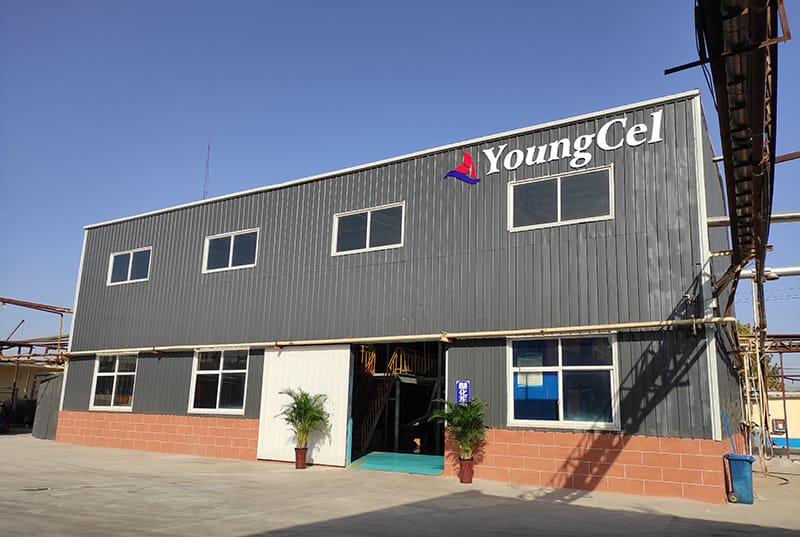Understanding Construction Grade VAE RDP A Comprehensive Overview
In the ever-evolving world of construction materials and technologies, the advent of advanced polymers has significantly transformed the landscape. One such innovation is the use of Vinyl Acetate Ethylene (VAE) copolymer in the formulation of Redispersible Polymer Powder (RDP). Particularly, construction grade VAE RDP has emerged as a vital component in various applications within the construction industry, given its versatile properties and benefits.
What is Construction Grade VAE RDP?
Construction grade VAE RDP is a dry powder that, when mixed with water, can form stable dispersions suitable for a wide range of construction materials. This polymer is primarily created from the combination of vinyl acetate and ethylene monomers, which gives it both adhesive and flexible properties. RDPs of this kind are widely used in cement-based, gypsum-based, and other construction applications such as tile adhesives, joint compounds, and exterior insulation and finish systems (EIFS).
Key Properties and Benefits
1. Improved Adhesion One of the standout features of construction grade VAE RDP is its superior adhesive properties. When added to cementitious formulations, it enhances the bond strength between the material and substrates, resulting in longer-lasting structures and reduced failures.
2. Flexibility and Elasticity VAE RDP imparts a degree of flexibility to the final product, which is essential in construction applications. This flexibility allows for some movement in substrates, accommodating changes in temperature and moisture content without cracking.
3. Water Resistance Construction grade VAE RDP provides excellent water resistance, making it suitable for exterior applications subject to the elements. The polymer forms a protective barrier that helps prevent water ingress, thereby prolonging the lifespan of structures.
4. Ease of Application The use of VAE RDP in construction materials simplifies the application process. It enhances the workability of mortar and allows for easier spreading, reducing labor costs and improving efficiency on job sites.
construction grade vae rdp

5. Enhanced Durability Incorporating VAE RDP in construction materials can significantly improve the durability and longevity of the finished product. This is particularly important in environments that are exposed to chemical agents, mechanical stress, or harsh weather conditions.
Applications in Construction
Construction grade VAE RDP finds various applications across the construction industry
- Tile Adhesives Its excellent bonding characteristics make it a preferred choice for formulating tile adhesives, ensuring tiles are securely held in place over time. - Cement-Based Formulations RDP is extensively used in cement-based products, including self-leveling compounds and repair mortars, enhancing their performance metrics.
- Joint Fillers In joint compounds, VAE RDP improves the texture and adhesion, allowing for smoother finishes on drywall seams and corners.
- Exterior Insulation Systems In EIFS, VAE RDP helps in providing flexibility and adhesion, which is critical for protecting buildings in varying climatic conditions.
The Future of Construction with VAE RDP
As the construction industry continues to seek innovative solutions for increasing efficiency, sustainability, and performance, construction grade VAE RDP is poised to play a significant role. With ongoing advancements in polymer technology and a growing emphasis on eco-friendly materials, the demand for high-quality VAE RDP will likely increase. Innovations in production methods and recycling initiatives may also contribute to a more sustainable future for this vital material.
In conclusion, construction grade VAE RDP represents a remarkable advancement in construction materials. Its multifaceted benefits and diverse applications make it an indispensable component in modern construction practices, ensuring structures are not only strong and reliable but also sustainable and adaptable to future challenges. Whether you're a contractor, engineer, or architect, integrating this advanced polymer into your projects can yield significant long-term benefits and enhance the overall quality of construction outcomes.
-
The Application and Significance of Construction RdpNewsMay.19,2025
-
Industrial Grade HpmcNewsMay.19,2025
-
Building Coating Adhesive Building Coating Adhesive HpmcNewsMay.19,2025
-
Application Of Hpmc For Detergent For Detergent In DetergentsNewsMay.19,2025
-
Application Of Hpmc Cellulose In Cement-Based MaterialsNewsMay.19,2025
-
Application Of High Quality Hpmc For Construction In The Field Of ConstructionNewsMay.19,2025




